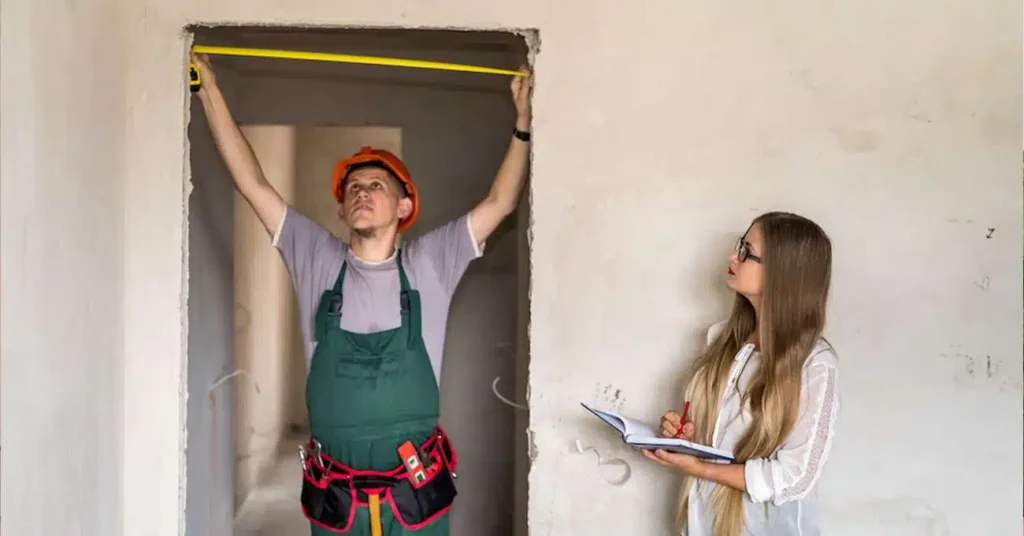
Introduction
As interior designers, dealing with contractors blaming designers for on-site issues can be a frustrating challenge. This situation becomes even more complex when the project’s architect, who should be managing these problems, is not fulfilling their role. If you’re finding yourself caught in the middle of these conflicts, it’s important to have strategies in place to protect your work and maintain positive client relationships.
In this post, we’ll delve into practical approaches to managing these difficult situations, drawing from the insights of fellow designers who have navigated similar challenges. These strategies will help you handle blame from contractors, establish clear communication protocols, and ensure that your role is respected throughout the project.
Understanding the Core Issues When Contractors Blame Designers
Before addressing the situation, it’s crucial to identify the main issues that lead to such conflicts:
- Absent Project Management: The architect, responsible for overseeing the project, is not effectively managing on-site activities, leading to a breakdown in communication and responsibility.
- Direct Client-Contractor Interaction: Clients bypass formal communication channels, making direct requests to contractors. This often leads to confusion, forgotten instructions, and misplaced blame on the designer.
- On-Site Presence: Your frequent presence on-site makes you the go-to person for contractors, making it easier for them to pass the blame onto you.
Strategies for Managing Contractor Blame as an Interior Designer
1. Clarify and Document Roles and Responsibilities
One of the most effective ways to prevent blame is by ensuring that everyone involved in the project understands their roles and responsibilities from the outset. This clarity should be documented and agreed upon by all parties.
- Actionable Tip: Host a meeting with the client, architect, and contractor to outline everyone’s responsibilities. Document this in a formal agreement that can be referenced throughout the project.
2. Establish Clear Communication Protocols to Prevent Blame
To avoid misunderstandings, set up a structured communication process that ensures all parties are on the same page. This should involve:
- Centralized Communication: Ensure that all communications, particularly requests for changes, go through a single point of contact—ideally the project manager. If the architect is not fulfilling this role, establish yourself as a communication conduit, ensuring everything is documented.
- Regular Updates: Schedule regular meetings with all stakeholders to review progress and address any issues before they escalate.
3. Document Everything Thoroughly
Documentation is your best defense against unfair blame. By keeping detailed records of all communications, decisions, and changes, you protect yourself from being held responsible for things beyond your control.
- Emails and Reports: After every meeting or discussion, send a follow-up email summarizing what was discussed and agreed upon. Include all relevant parties to maintain transparency.
- Photographs and Notes: Take regular photos of the project’s progress and keep detailed notes on any verbal agreements or changes discussed on-site.
4. Manage Client Expectations and Communication
Clients who sidestep the established communication process can inadvertently cause issues. It’s important to gently guide them back to the correct channels.
- Actionable Tip: Have a conversation with the client to explain the importance of following the established communication protocols. Emphasize how this ensures their requests are handled efficiently and accurately.
5. Stay Professional and Assertive
When blame is shifted your way, it’s important to stand your ground while remaining professional. Politely remind the contractor of their responsibilities and refer to the documented agreements.
- Example: If a contractor tries to blame you for a structural issue, calmly refer them back to the architect or project manager and reiterate that your role as the interior designer does not cover structural concerns.
Insights from the Community
Interior designers from the community have shared their experiences and advice on managing these challenging situations:
- @aim__studio: “Document everything. At the end of each week, email a report that outlines new requests, changes, and observations. Copy all parties, including the client if your contract allows it. This keeps everyone informed and accountable.”
- @dominiquemvidal_interiors: “I typically have all correspondences over email or text. If there’s an important phone call, I follow up with a summary email. This way, everyone is clear, and you protect yourself from blame.”
- @cami_wright_interiors: “Always create a spec sheet before breaking ground with every detail, even grout choices. Copy the entire team on the receipts. It helps avoid misunderstandings and keeps the project on track.”
Conclusion
Dealing with contractors who blame designers for on-site issues can be challenging, but with the right strategies, you can navigate these situations effectively. By clearly defining roles, maintaining thorough documentation, and ensuring open communication, you can protect your work and maintain strong relationships with your clients and contractors.
Have you experienced contractors blaming designers on your projects? Share your story in the comments, and let’s discuss how to handle these challenges together!


